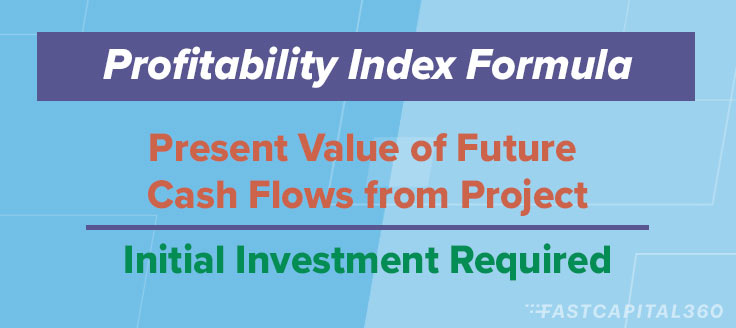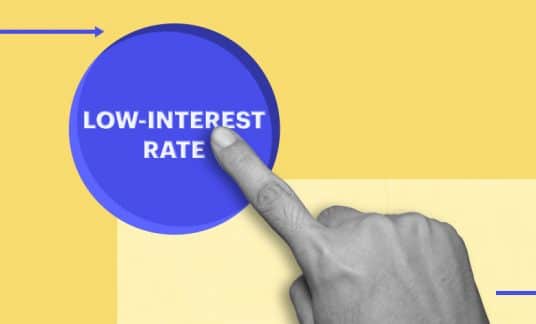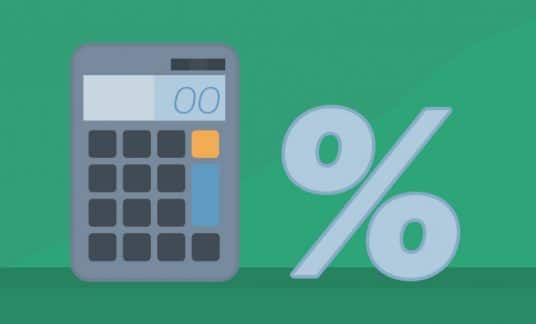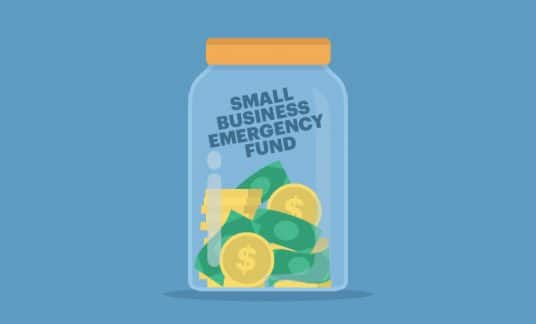Businesses use the profitability index when they are evaluating capital expenditures and projects. Using the profitability index and a profitability calculator, we’ll show you how to appraise potential capital projects.
What Is the Profitability Index?
Also known as the value investment ratio (VIR) or profit investment ratio (PIR), the profitability index (PI) is used to measure the profitability of projects. It helps showcase the return for investing in specific capital outlays. The profitability index can help businesses understand the cost-benefit of projects.
The profitability index projects the ratio of a company’s present value of future cash flow for a particular product versus the initial investment. Businesses will often use the profitability index when evaluating various projects and ranking them by the return on investment (ROI) to determine which projects to fund.
The Profitability Index Formula
The profitability index formula itself is straightforward, but you’ll have to determine the components to get to the index.
The Components of the Profitability Index Formula
How to find the profitability index takes determining the following 2 underlying components: The present value of future cash flows and the initial investment required.
Present Value of Future Cash Flow
In accounting, current cash on hand is considered more valuable than cash received in the future. In part, this is because the money you have right now can be invested with interest. This principle is called the time value of money. To calculate the present value of future cash flows, you will need to discount future cash projections to its current value.
-
Present Value Formula
PV = FV / (1+i) ^n
PV= Present Value | FV = Future Value | i = Interest | n = Number of Years
The following is an example of 1 scenario:
- You anticipate the future value of a project to be worth $100,000
- You anticipate realizing this return after 1 year
- The interest rate available for investments currently is 5%
Using the formula above:
- PV = $100,000 / (1+0.05) ^ 1
- PV = $100,000 / (1.05) ^ 1
- PV = $95,238 (rounded)
In this example using these assumptions, it would take a return of $100,000 a year from now to be equal to $95,238 in the present.
Investment Required
The initial investment is the amount it will cost to fund capital expenditures or other projects. By spending your money this way, you are giving up the potential earnings from letting interest compound. Unless the future earnings outweigh the amount you can make by letting your money grow over time, it does not make sense to invest.
Interpreting the Profitability Index
Using the profitability index formula, you will produce a ratio that can be used to evaluate capital expenses or project investments.
A Ratio of 1
A ratio of 1 would indicate it is a break-even proposition. It may or may not be worth proceeding depending on how this project might impact your organization in the future.
A Ratio of Less Than 1
A ratio of less than 1 shows that the costs would outweigh any future benefits you would receive. You would potentially lose money on the deal compared to parking the money in an investment that gets a reasonable rate of return.
A Ratio Greater Than 1
Conversely, if the ratio is greater than 1, it’s worth consideration. The profitability index shows you’ll come out ahead if your assumptions are correct.
The Profitability Index Ratio
The ratio represents your projected future returns. If the profitability index is 0.8, it indicates that for every dollar you invest, you will only receive 80 cents back compared to investing your current cash. If the profitability index is 1.25, that shows for every dollar you invest, you can expect to get $1.20 back.
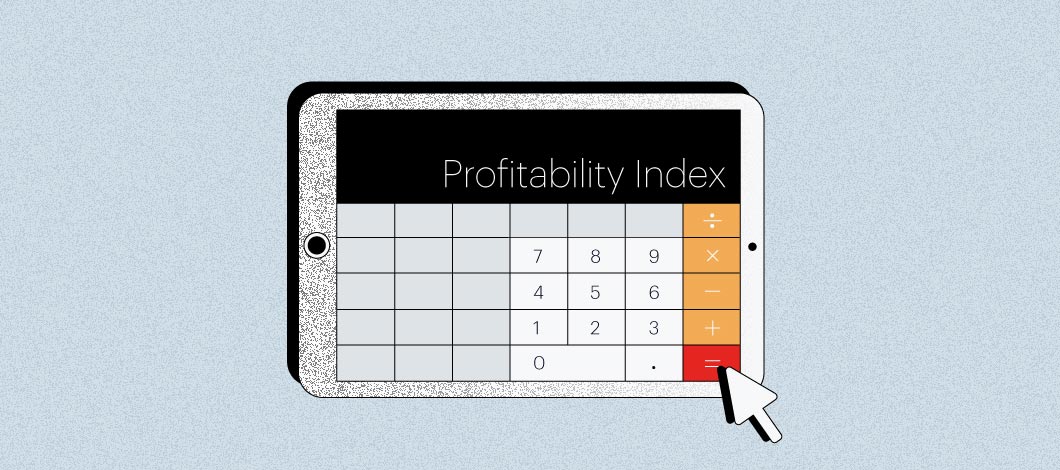
Profitability Index Calculators Online
The easiest way to determine the profitability index is to use one of the online calculators available. Here are a few links to calculators you can use for free.
Simple Profitability Index Calculators
If you do not have the cash on hand to fund a project and need to borrow the money, you will also need to include the interest on the loan you’re taking as part of your calculations. It can help to use one of the profitability index calculators available for free online.
Profitability Index Calculators (Includes Discount Rate)
- Financial Management Pro
- Good Calculators
- Calkoo
Advantages and Disadvantages of the Profitability Index
The profitability index helps you evaluate projects. It can be especially valuable when you are considering several investments. By ranking them, you can determine which project has the greatest potential for success.
Advantages
Here are some of the advantages of using the profitability index with your potential investments.
- It provides insight into how particular investments change the value of your business
- It includes all cash flows from a project, including those that might not be classified on your books as outgoing or incoming cash flows to determine the net present value
- Compares the present value of your money versus future values
- Helps evaluate risks and costs versus investments
One of the biggest advantages of the profitability index is that it is easy to calculate and understand.
Disadvantages
Here are some of the disadvantages of using the profitability index with your potential investments.
- By making assumptions on future cash flows, you run the risk of these assumptions not being correct as business, industry and economic factors change.
- The profitability index tends to be more efficient for short-term projects because of increasing variables over time. You might undervalue — or overvalue — the long-term impact of a project.
- It can be difficult to estimate other opportunity costs. In other words, by investing in one project, you are giving up the potential of investing in other projects.
- Internal teams calculating the profitability index can be overly optimistic in projections because they want to see a project succeed.
Depending on the project you’re evaluating, there are often costs that occur before you are ready to make a capital expenditure. For example, research and development costs that happen before you’re ready to make a major investment. These are known as sunk costs because they are not recoverable. The profitability index does not include these costs as part of the cash outflow when being calculated.
The Profitability Index: A Valuable Tool
The profitability index can be helpful in determining the potential of investment opportunities. Because much of the data used in calculations come from estimates, however, businesses must be diligent in making assumptions. Many businesses will do several calculations using different assumptions to provide best- and worst-case scenarios because there are so many variables that can occur over time.



